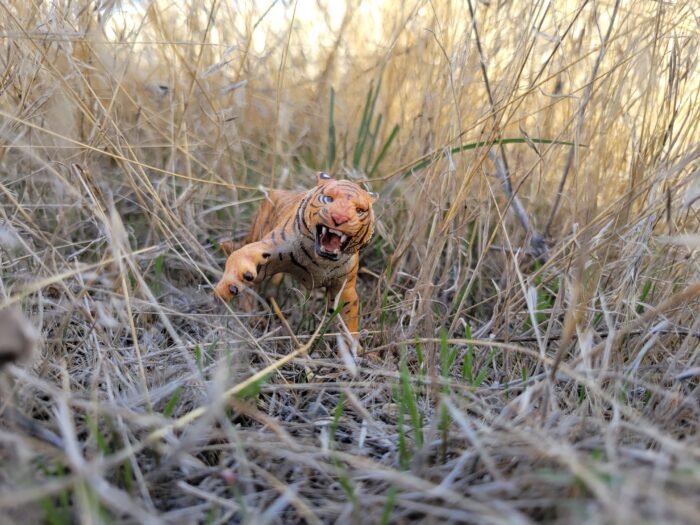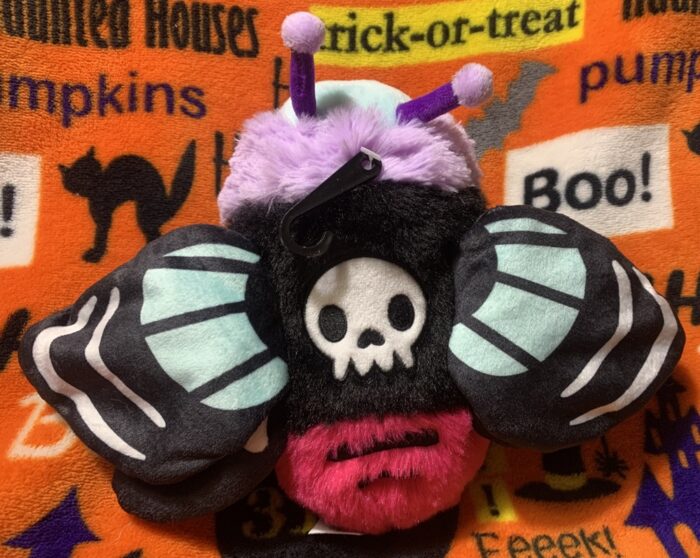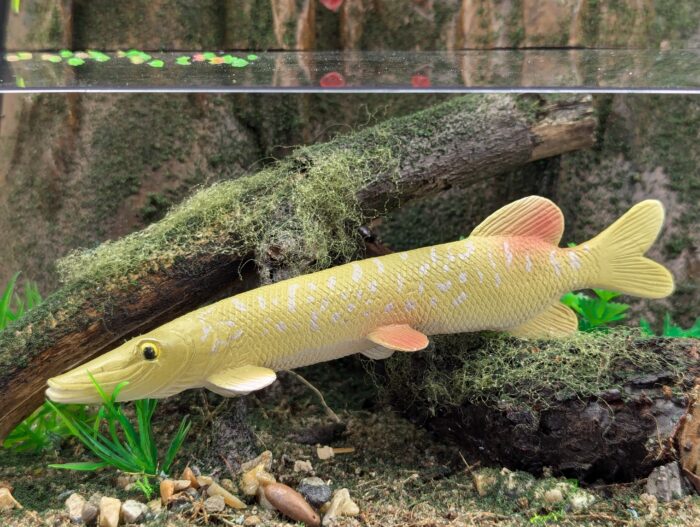Back with another of the larger figures from Replica Toy Fish, this time the ‘six inch’ northern pike Esox lucius. This is a species that is familiar throughout a broad Holarctic range in cool waters across North America, Europe, and Russia, plus populations have been introduced in other areas as well.
Wildcat (Large Woodland Animals by Bullyland)

Before I start this review, I must thank the folks at Happy Hen Toys for yet another review sample! It’s been a pleasure working with them in recent years and their generosity is very much appreciated.
Phylogenetics is the study of the evolutionary history of life on Earth, and one of my favorite disciplines of Zoology.
Frogs Figurines Playset (Toymany)

Today I will be presenting a brief overview of the 2024 Frogs collection by Toymany, which was kindly gifted as a review sample by @Kenc and the folks at Toymany for the Blog. This was intended to be posted yesterday when the set was announced, but I was traveling for work so it’s coming up a day late.
Common Raven (Wild Life Europe/Forest Life by Schleich)

Happy Halloween! I got the special date this year, so I’m bringing you thrills and chills…in the form of the Schleich common raven, Corvus corax, item number 14241. The way ravens are closely tied to all things sinister and spooky was already well-covered a few years ago, an animal well-established throughout the northern hemisphere.
Tigress (Wild Animals by Papo)

This Papo tigress #50003 was first released in 2004 and retired in 2012 as part of their Wild Animals line and was also included in their gladiator series of figures; there was a fighting male lion figure alongside her.
The following post will regale yet another tale of an animal with a predilection for human kills.
Death’s-head Hawkmoth (Squishable)

I thought I was done with reviews for spooky season this year but with only a few days left until Halloween I was determined to make sure this cutie was featured on the blog before season’s end. This is the death’s-head hawkmoth (genus Acherontia) by Squishable. Death’s-head hawkmoths seem to be all the rage this year.
Bats (Play Visions)

There are two mammals, or perhaps broadly groups of mammals, that exemplify Halloween. One is the black cat. The other is the bat. Bats have a long history in human folklore, tradition, and fictional literature and cinema. In North America, the Creek, Cherokee, and Apache viewed the bat as a trickster god.
Death’s-head Hawkmoth (Garden Animals by Papo)

The genus Acherontia, whose members are commonly referred to as death’s-head hawkmoths, contains three species broadly distributed in Eurasia and Africa. The greater death’s-head hawkmoth (A. lachesis), which is the largest of the three, occurs in Central and East Asia to Japan and the Philippines; it has also recently become established in Hawaii.
Long-eared Owl (Wings of the World by Safari Ltd.)

It’s October again, and that means for the entire month we’ll be featuring spooky creatures and creepy crawlers here on the blog. Halloween is big in my household. Decorations go up in September, apple cider is well stocked in the fridge, pumpkin scented candles burn, and horror movies play every night.
Vietnamese Pot-bellied Pig (Farm World by Schleich)

Today it is my great pleasure to share one of my holy grail figures with the blog, the 2014 Schleich pot-bellied pig. This figure was retired in 2018, one year before this blog was launched and I got into extant animal toys. I don’t know how it came across my radar but for a couple years now I’ve been looking at eBay listings for it, in the hopes that I could find one for a decent price.
Shiba Inu (Best in Show by Safari Ltd.)
Elk (Wapiti) (Wildlife Collection by CollectA)

Before we begin the review, I would like to extend my gratitude towards Happy Hen Toys for sending this figure along as a review sample. Happy Hen Toys is a U.S. distributor of animal figures and one of the only places in the country where you can get CollectA figures at a reasonable price.





